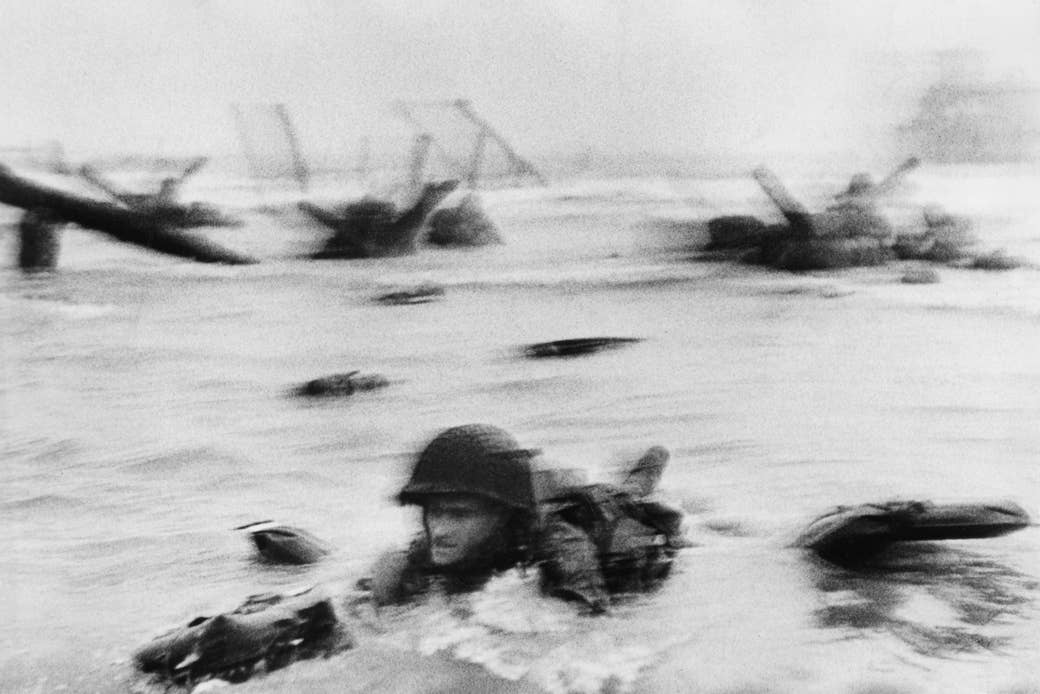
"If your pictures aren’t good enough, you aren’t close enough” is a standard photography maxim from the great photojournalist Robert Capa. The quote has been often cited over the years as motivation to go where others have not, be it closer to front lines or investigating personal spaces. However, the phrase is not without controversy in the photo community. A month ago, a military photographer was killed during live-fire training, and numerous other photojournalists have been injured or killed in the field in the decades since Capa himself was killed while covering the First Indochina War.
Recently Capa’s agency Magnum Photos has put together a select set of images available to the public based around the theme of this maxim. BuzzFeed News spoke with six of the photographers involved about which image of theirs was included and what Capa's quote means for their work.
Below, their interviews have been edited and condensed for clarity.
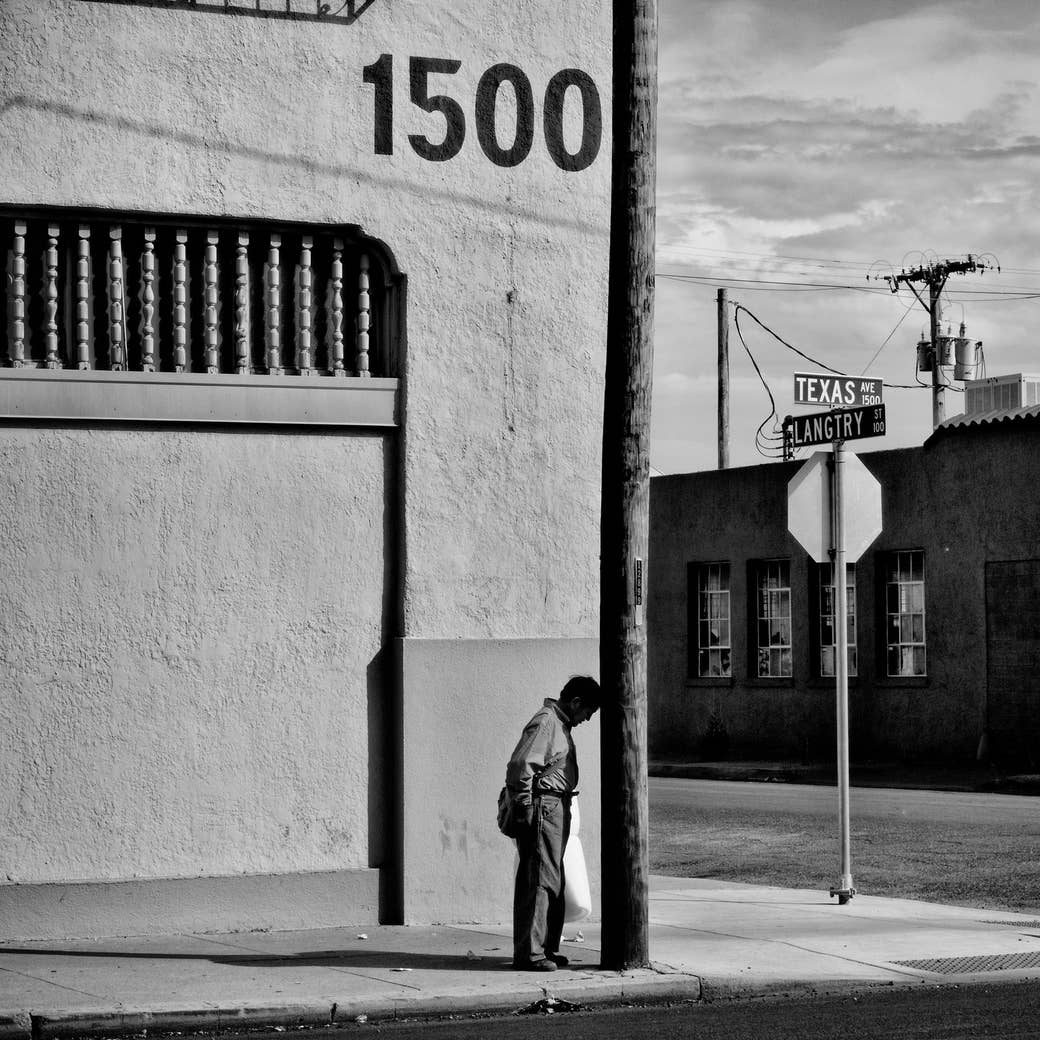
"If you're pictures aren't good enough, you're not close enough" is taken as doctrine by some. Do you think it's good advice?
Olivia Arthur: Not always. This famous quote of Capa’s is about getting as close to what is going on as possible so that the viewer will really feel that they are there in the mix of it. Of course, if that is what you are going for, it's absolutely good advice and it's something that photographers often have to teach themselves: Entering into people’s personal space or the center of something that is going on can feel intrusive, but it is the way to be part of what is going on rather than just a spectator. However, not all good photography is about being in the middle of what is going on — it can be about showing the bigger picture, the setting, or even something off to the side which is quieter, more incidental, but maybe equally important ultimately. Often I prefer to be a spectator that is a bit further back and take quieter more thoughtful images.
Matt Black: I don’t think having a doctrine is a good idea, but I think it is excellent advice. What Capa meant is you have to go all the way, and if you hold back, it will show. It’s the best possible advice, and it’s delivered very clearly.
Alessandra Sanguinetti: Can’t speak for Capa, but to me "close enough" means interested enough, attentive enough, invested enough, thoughtful enough. As long as your interpretation of "close enough" is not literal but is wide and playful, yes, I think it’s great advice.
Alex Webb: I’ve always chosen to interpret Capa’s saying expansively, to mean not necessarily getting physically close but getting emotionally, spiritually, or psychologically close. In this more expansive sense, it seems like good advice.
Martin Parr: The Capa quote is much quoted and a very good one, but it certainly isn't why I started doing macro lens back in 1985 and I've been doing it ever since.
I just wanted to get in close with subjects like food and that proved to be pretty interesting and had a certain tone and color that I liked. You get very intense colors with it, especially with color negatives.
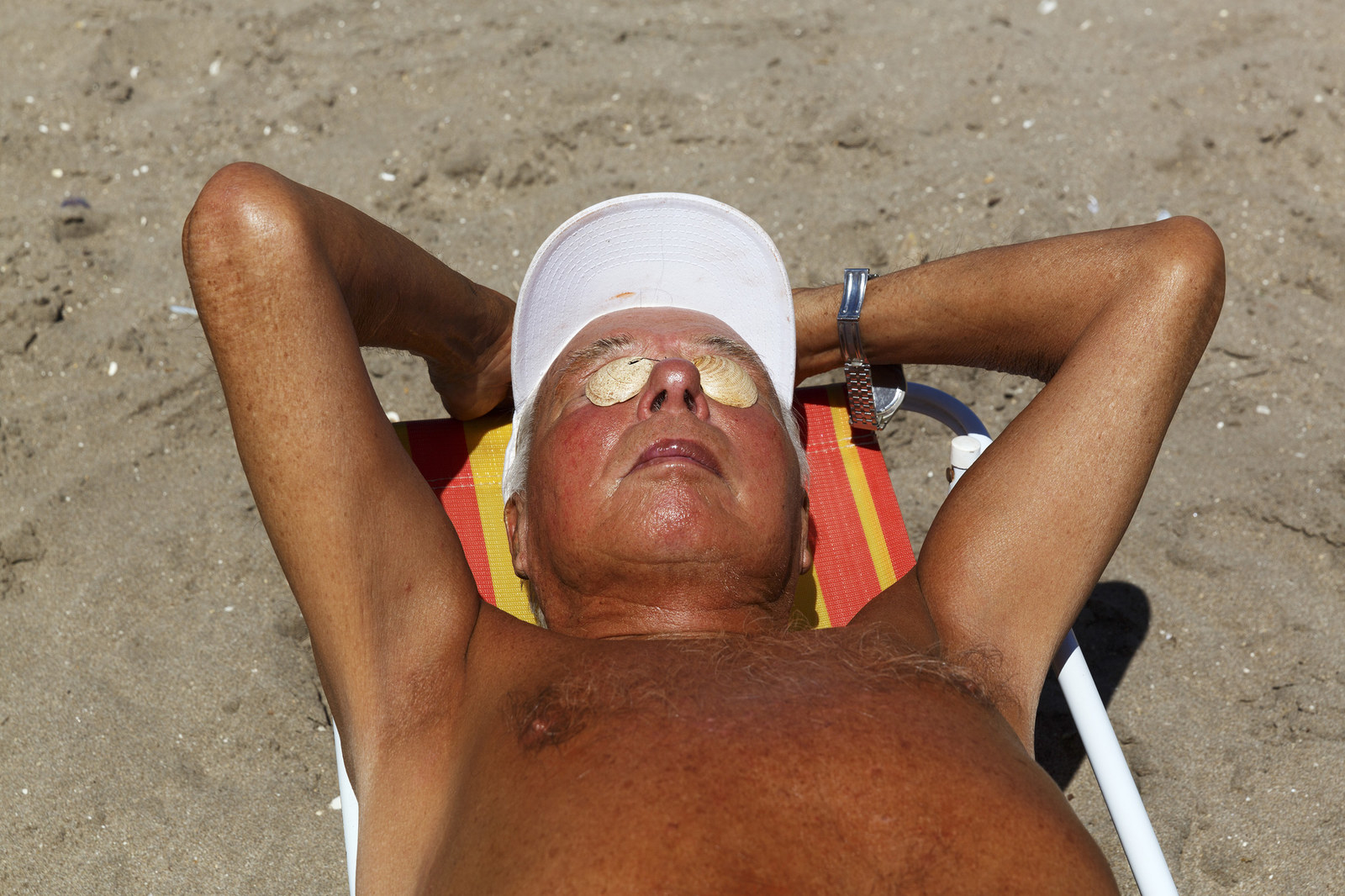
Is it easier or harder to get close in social spaces?
MP: It really does get harder to get close, so you have to explain what you're doing. People think that it's rather nutty when you ask to photograph their ear or something very small.
Larry Towell: I always had a camera on the top of my fridge — if I saw a picture happening I could grab it and capture the moment. So my kids and my family were very used to this. I was just always photographing — it wasn’t a thought that it would be a project.
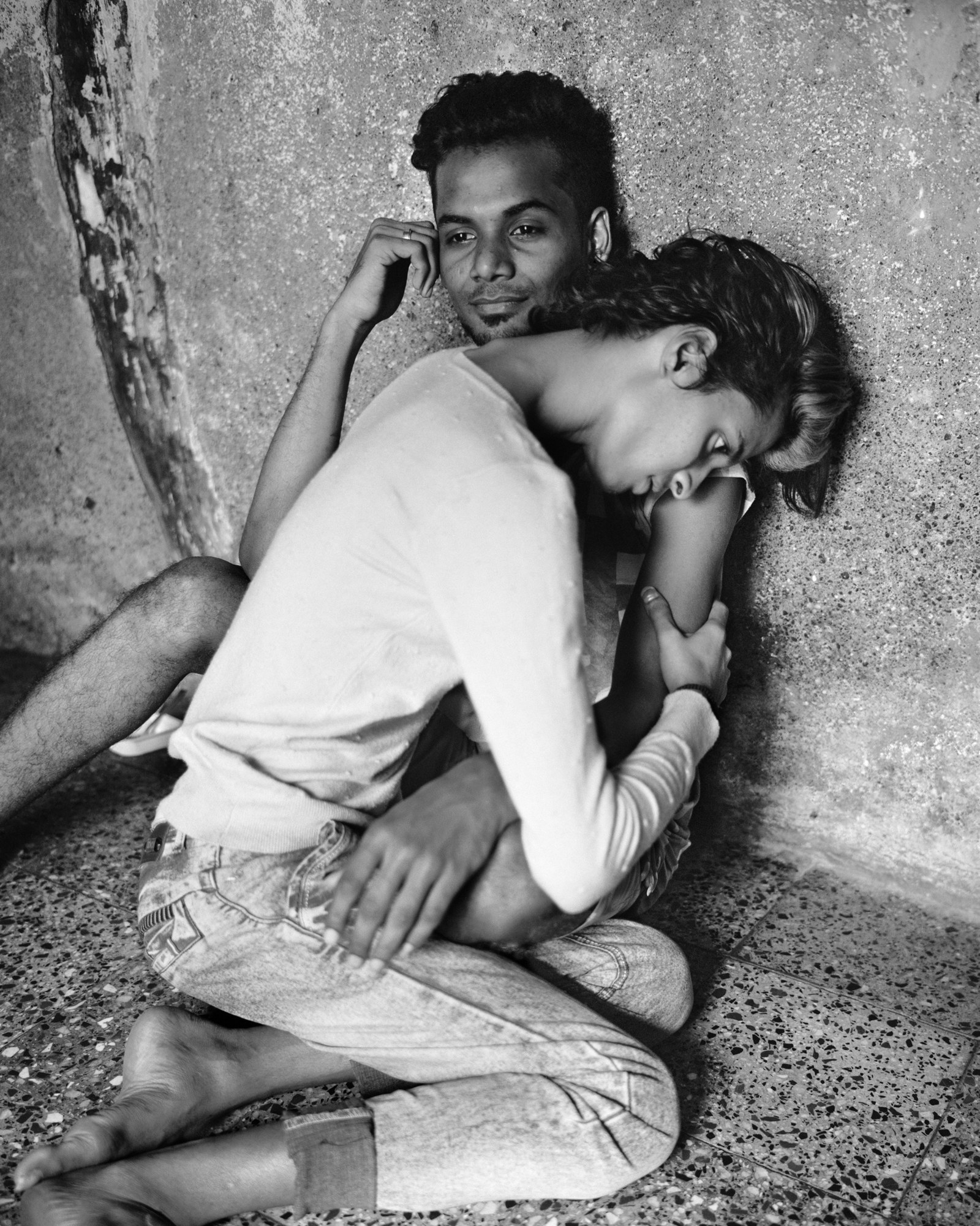
The print above shows an intimate moment, but from the vantage point of a passerby. Can you describe the situation behind this image, and whether distance was a consideration?
OA: I had met Loren (in the foreground of this picture) in order to take her portrait. She took us to a place where a group of Hijras live. Hijras are a transgender community, often referred to as the "third gender," that have their roots in ancient Hindu culture. The Hijras live together in a house and support each other, with the older members teaching younger members the traditions of the group. After I had taken the portrait she was sitting on the floor with this guy Sheshan and I saw it as a very intimate, tender embrace, so I got my camera back out and took this photograph.

Did you choose your picture?
LT: Ah, which picture did they choose? I submitted a few. Oh, that was Isaac's first time in the river.
AW: I chose the photograph. Ever since I crossed the international bridge at Ciudad Juarez in 1975, I’ve been fascinated by the streets of Mexico. And my favorite city in Mexico — the city I’ve felt emotionally closest to — is Oaxaca, where I took this photograph.
MP: I do a lot of closeups so we had a massive potential shortlist. I went through and chose ones that I liked. We put them on Instagram and the one with most likes is the one that we used.
MB: It was suggested to me, but I think it’s a good choice because the picture says something about intimacy and distance. One can be at a distance and still make a close connection, and it’s making that connection which is the imperative of Capa’s statement.
AS: Yes, I chose the picture. I love this photograph, and I love the time in my life it represents. It was the first time I invited myself into other people's lives who I’d otherwise wouldn’t have known.
Though I’d been into photography for many years already, it was with these series of images that I learned I have to to knock on doors and that almost invariably fascinating and unpredictable worlds will open up.
Cecilia was one of three sisters that lived in the building in front of mine right across the street. I’d see them hang clothes to dry on the balcony that was just a few meters away from mine, separated by a busy traffic-laden narrow street in the center of downtown Buenos Aires.
After a while of taking pictures of them surreptitiously, we started to acknowledge each other and they’d pose and play wordlessly with me, until I finally crossed the street, guessed at their doorbell and was invited upstairs. We became lifelong friends.
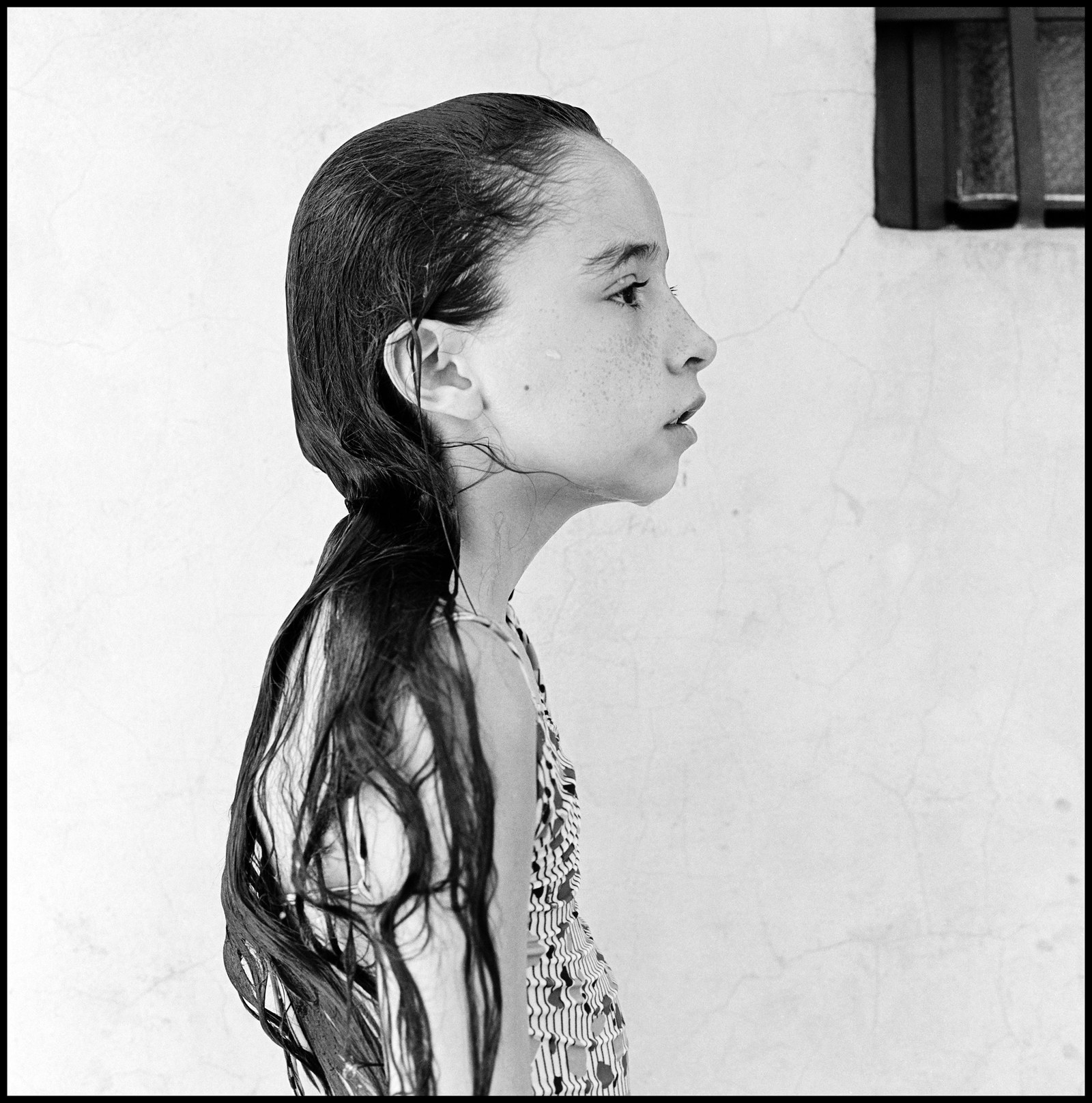
Can you explain how the idea of closeness factors into your process? Or does it at all?
AS: Well, I don’t think closeness is determined by the physical distance from a subject, but by an emotional distance. There are no formulas to being close other than caring enough, and if you pay enough attention and you’re lucky you can convey it in an image or through series of images, whether you’re an inch or a mile away.
It’s all about getting closer, about narrowing a gap between myself and the world. About trying to to be closer to others, closer to an experience, closer to truth, to beauty, to ugliness, to time...you name it... Everyone has their own obsession.
Actually now that I think of it, probably all artistic attempts, including literature and music, are about this. Why even do it if you’re not trying to get closer to some kind of truth, idea or experience?
MB: Physical closeness, not really, but invested in and connected to the scene, absolutely. The camera I am using, the space I am in, and the scene I am portraying are all factors in proximity, but I want to feel as close and connected to what I am photographing as possible.
AW: Though I may take complex photographs with multiple elements I feel deeply connected to the place I am photographing. For me, the act of seeing as a photographer is an intimate experience. And in fact, as I tend to use a slightly wide angle lens, I am often physically close as well, even if the scenes are complicated.

If you had to be known for a maxim in 100 years' time, what would you want it to be?
AW: I have no illusions that anything I have ever said about photography is as memorable as statements by Capa or [Henri] Cartier-Bresson. But if I have to, I’ll go with something I wrote in the introduction to my second book, Under a Grudging Sun:
“I only know how to approach a place by walking. For what does a street photographer do but walk and watch and wait and talk, and then watch and wait some more, trying to remain confident that the unexpected, the unknown, or the secret heart of the known awaits around the next corner."
OA: That a photograph can tell you as much about who is behind the camera as what is in front of it.
MB: It seems to me that statements are turned into maxims by others, as a way to encapsulate someone’s work. It’s a form of caricature, and a photographer’s work is too complicated for that. The statements resonate, and they are kind of fun to think about, but they really shed little light. It’s the subtleties and contradictions that are the most interesting and revealing parts of a photographer’s work, not words etched in stone.
MP: I hadn't really thought of that. I hope that my work is seen as interpreting the crazy world that we lived in at the beginning of the of the 21st century, and who knows if people will even be around then. Of course the people then may look back to now with great nostalgia – at least the photographs will still be there if nothing else.
AS: No way I’m pinning myself down like that! Maxims are for the dead and gone.
LT: I think I would just reiterate another of Capa's quotes: "Like people and let them know it."
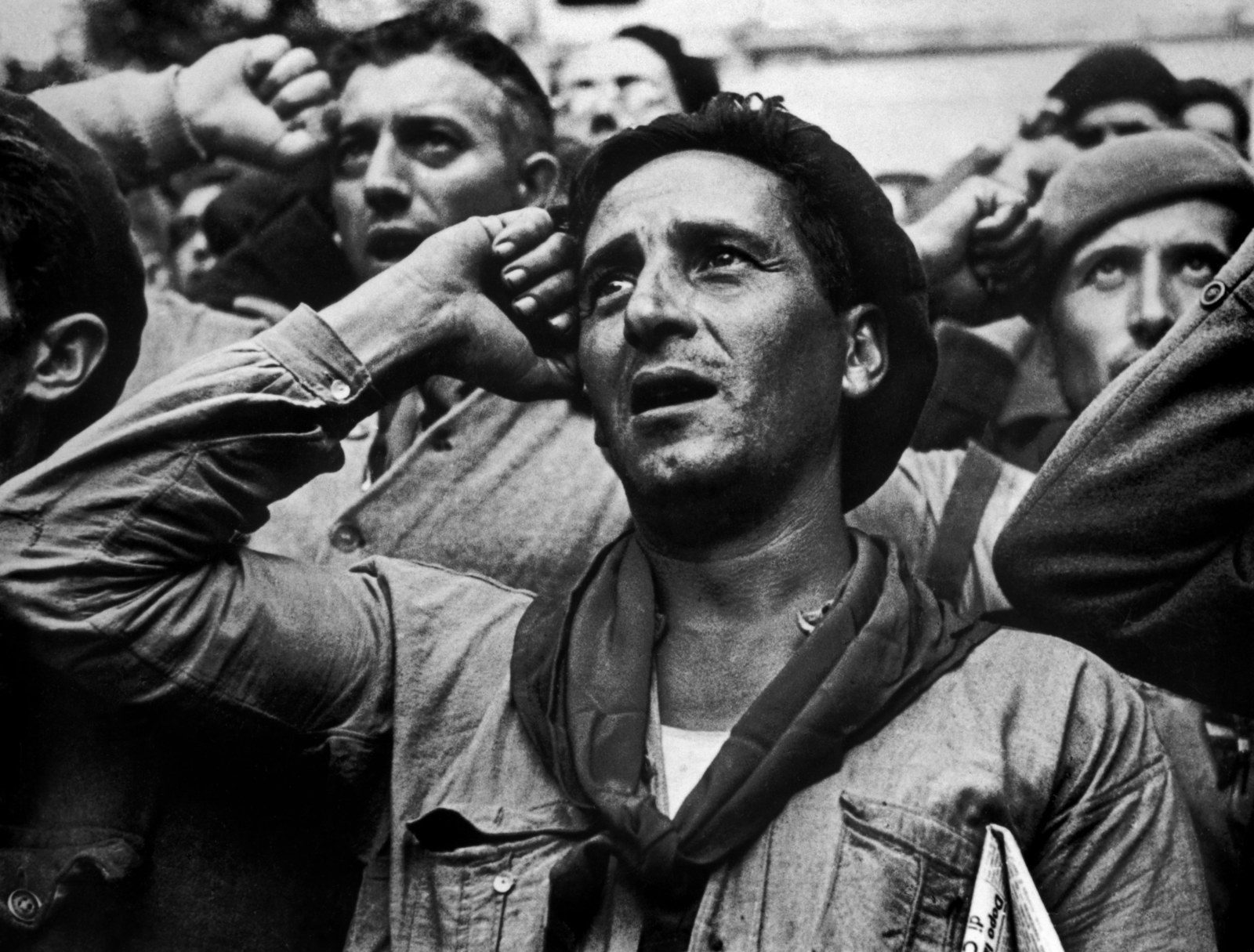
Magnum's 'Closer' square print sale runs until Friday, 9 June 2017 at 6PM EST. Museum quality, signed 6x6” prints from over 70 artists are available for $100 at shop.magnumphotos.com.
